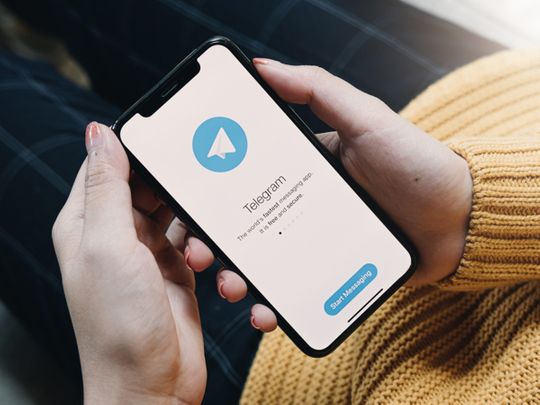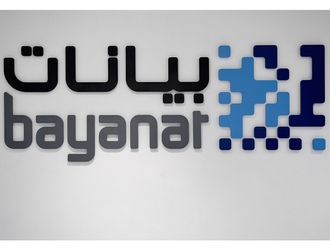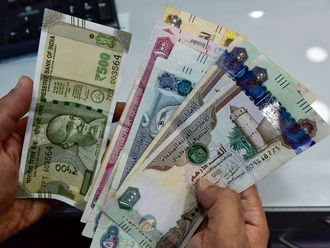
A coin called TON has leapt in value in recent months, with investors betting its integration with messenger service Telegram could bring the cryptocurrency to the app's estimated 900 million users.
Telegram endorsed TON in September last year, saying the blockchain and associated token would be its "official Web3 infrastructure". Earlier this month, TON said that Tether tokens could also be issued on its blockchain, allowing Telegram users to send the stablecoin to each other within the app.
The TON token has surged, reaching as high as $7.63 on April 11, compared with around $2.21 a year earlier, according to CoinGecko data.
With $18.3 billion in circulation, it's the 10th biggest cryptocurrency, coming after memecoin Dogecoin.
The prospect of a "super app" or "everything app", uniting payments and shopping with social media or messaging services, has long been a holy grail for investors, who look to China's WeChat for inspiration. In the crypto world, it's sometimes called "SocialFi", short for social finance.
Such ideas drove Elon Musk's 2022 acquisition of Twitter, now X. Binance, which helped fund the buyout, said it would explore how crypto could be used on the platform. Britain's Revolut, meanwhile, has approached it from the other direction, starting with a finance app then adding social functions on top.
While the appeal of TON is part of broader interest in super apps, it has also been helped by an overall revival in altcoins, said Thomas Peuch, CEO of digital asset hedge fund Indigo.
"TON did outperform a lot of its peers as many people are buying into the project as interest in alts returned and thanks to the backing of Telegram," he said, adding that Indigo had traded the TON token.
TON, short for "The Open Network", has a crypto wallet product within Telegram with more than 6 million monthly users.
Libra failure
Efforts to bring crypto payments into social media have not so far succeeded on a wide scale. Facebook, now Meta, wound down its "Libra" cryptocurrency project after fierce opposition from regulators globally, who were concerned that it could harm financial stability and erode control over monetary policy.
"The recent foray into crypto payments through Telegram introduces a new use case for the app, but its acceptance and adoption are still in the nascent stages," said PitchBook senior analyst Robert Le, who said there has been an increase in venture capital interest in SocialFi.
"The main challenge is shifting user perceptions in non-Asian markets, where messaging apps are predominantly seen purely for communication rather than as multi-functional platforms." Such integrations present "regulatory, technical and security challenges", said Ram Gopal, a professor at Warwick Business School.
"Regulators may be concerned about how these platforms comply with existing financial regulations," he said.
"Ensuring users are protected from scams, fraud, and potential losses due to cryptocurrency volatility would be a critical concern for regulators," he added.
History of TON
Telegram Messenger created TON's blockchain in 2018 and raised $1.7 billion by selling the associated cryptocurrency.
But the project was hit by charges from the U.S. Securities and Exchange Commission, which said the token sale violated federal securities laws.
As part of a 2020 settlement with the SEC, Telegram agreed to stop developing TON. It neither admitted to nor denied the SEC's allegations.
A group of unrelated developers then continued to work on the project, picking up where Telegram left off, according to a history on TON's website.
TON says it is decentralised, based on an open-source codebase, with no single controlling authority. There's a non-profit foundation behind it, registered in Zug in Switzerland.
A spokesperson for TON said that Telegram and TON were distinctly separate entities.
The TON Foundation's president is Steve Yun, the body's website says. Andrew Rogozov, former CEO of Russian social media site VK, is a founding member of the foundation, according to his LinkedIn profile. He appeared on stage with Telegram co-founder Pavel Durov and Tether CEO Paolo Ardoino at a conference in Dubai where the partnership to issue the stablecoin on the TON blockchain was announced.












